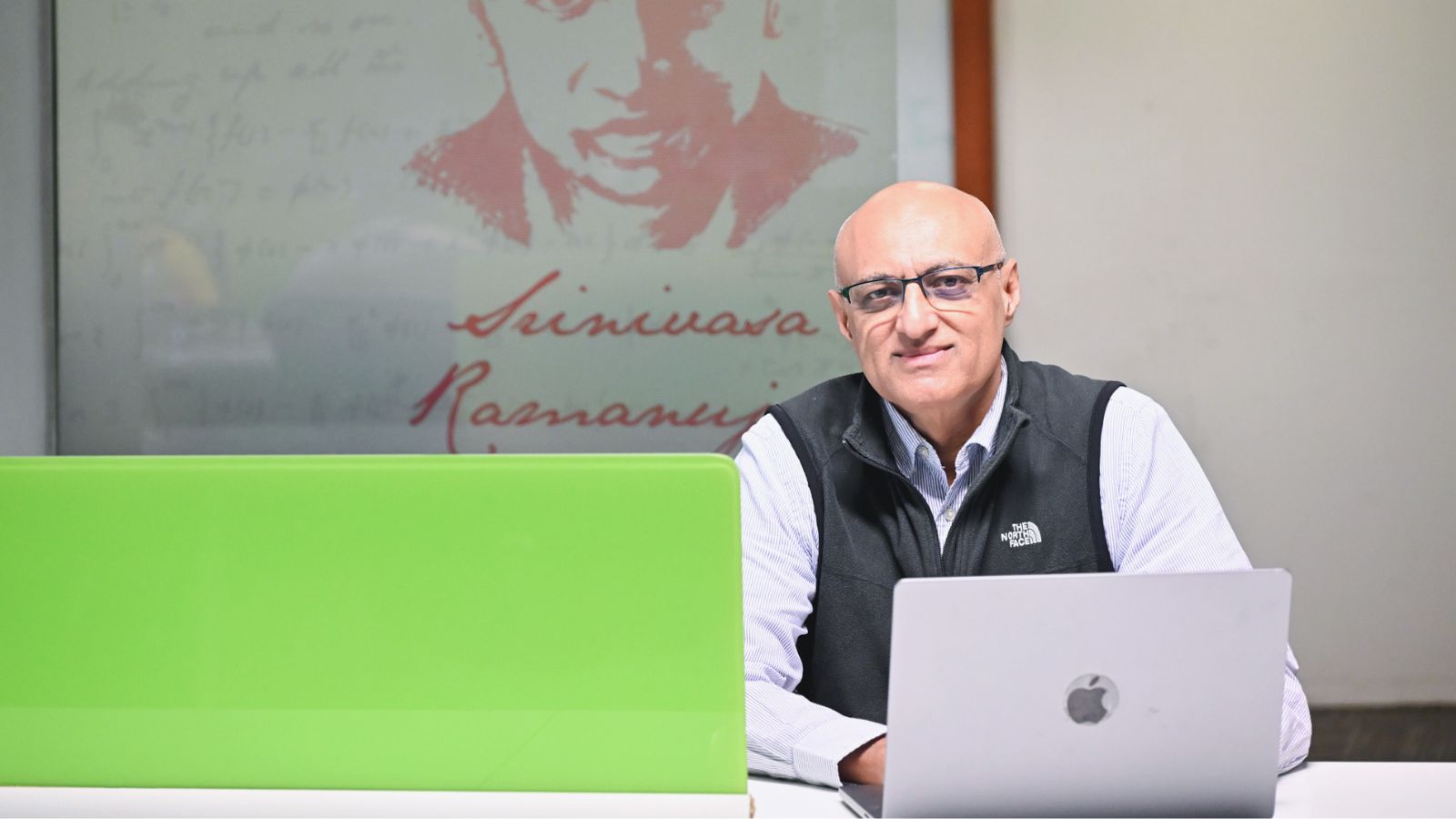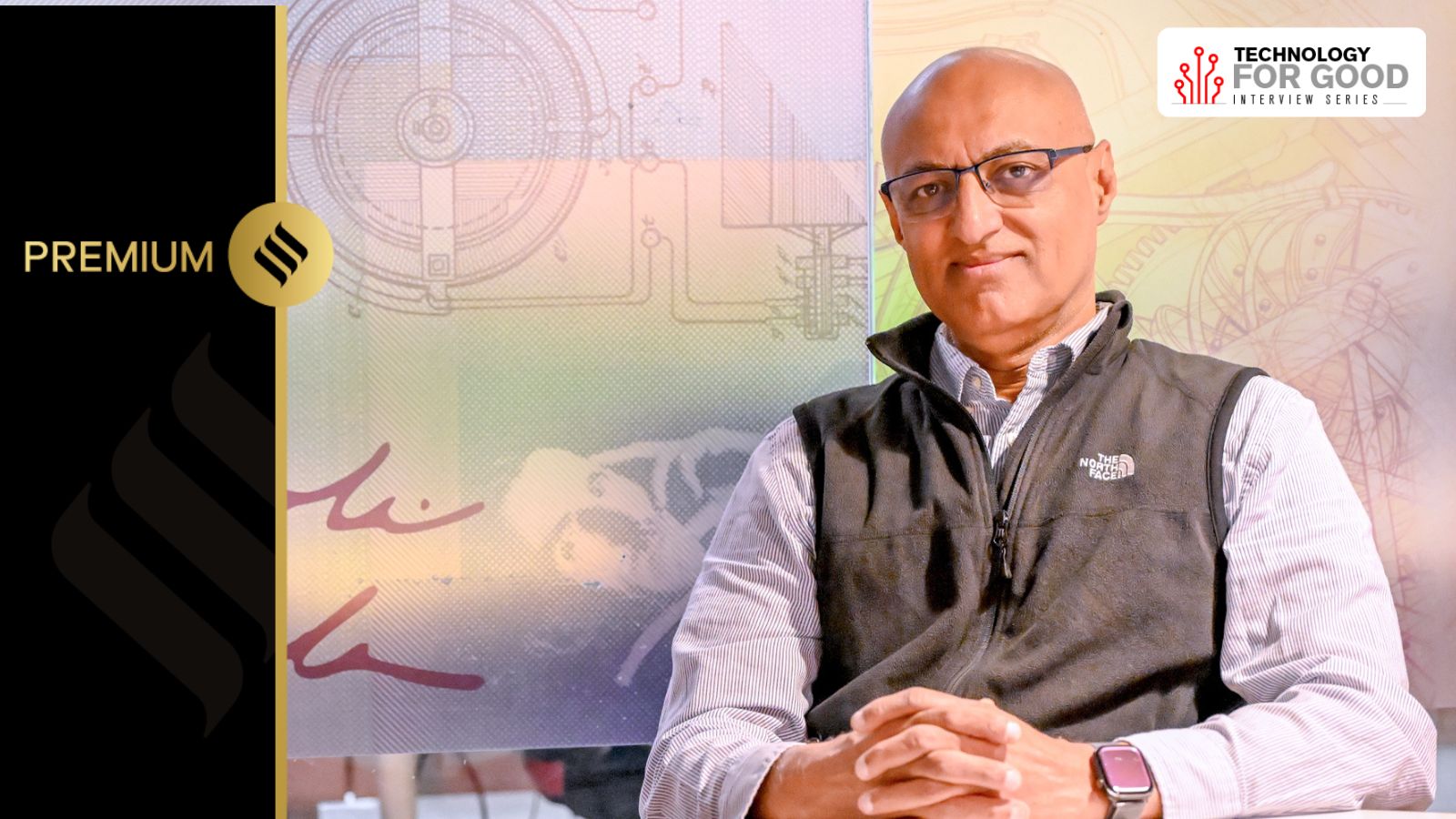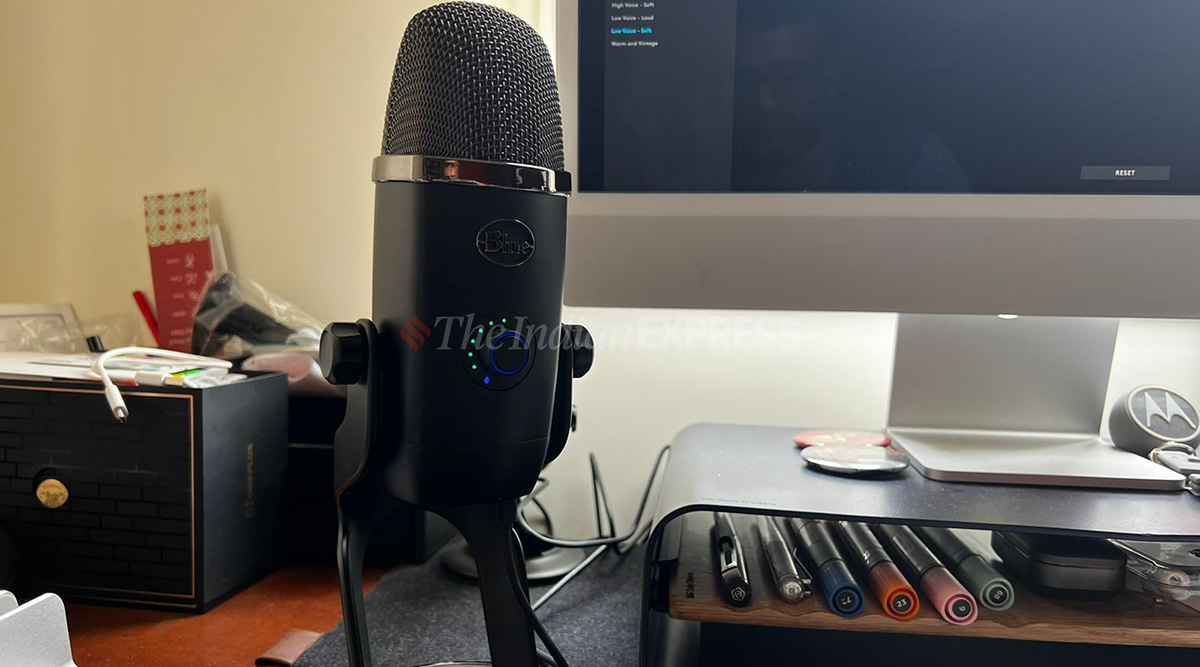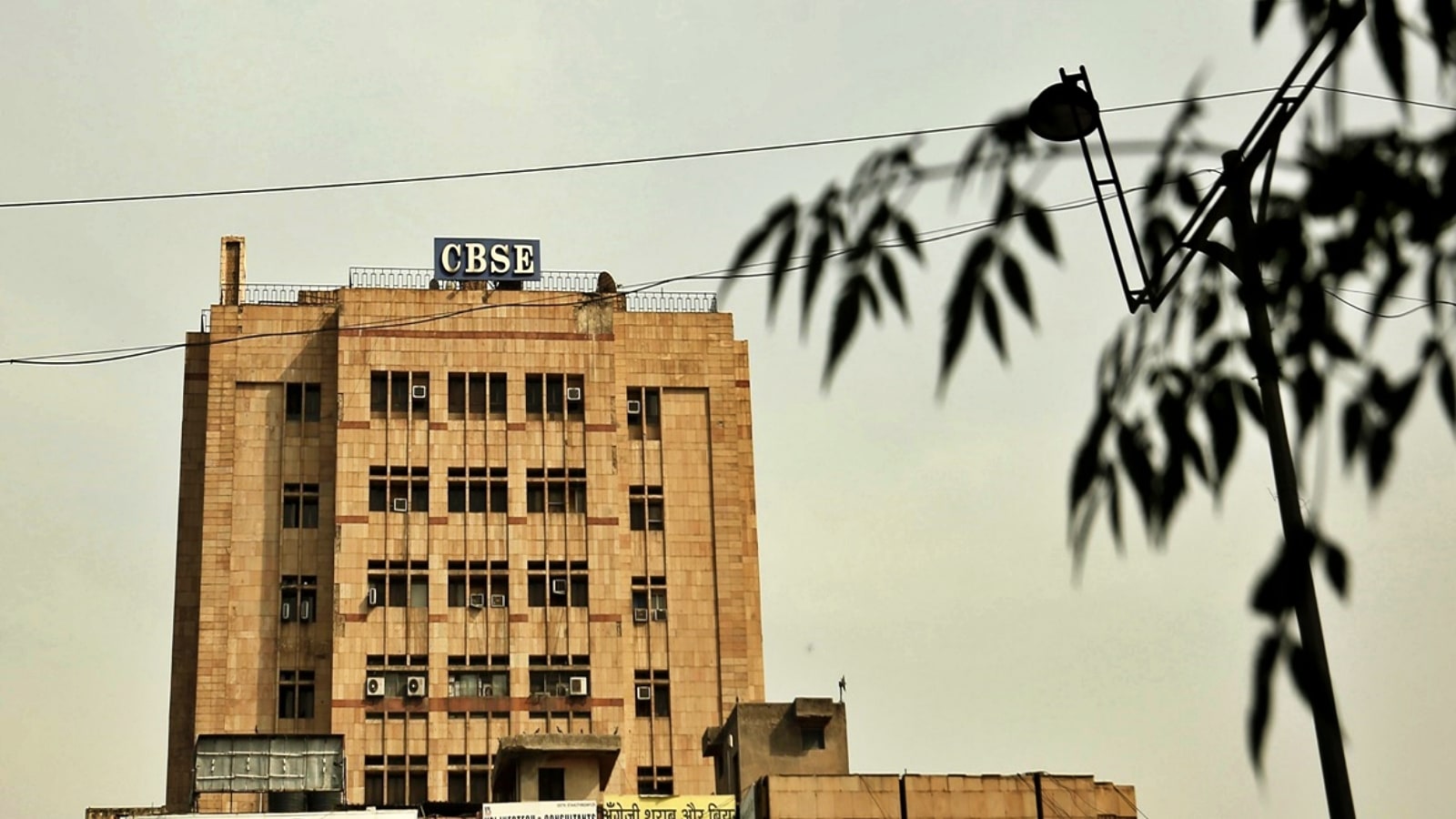Srikanth Nadhamuni is the founder CTO of Aadhaar. He set up the technology centre for the development, design, and operations of the Aadhaar system.
He is also the Managing Trustee of the eGovernments Foundation, which he co-founded with Nandan Nilekani in 2003, working on improving governance and public service delivery in Indian cities.
He is also the chairman of 10BedICU, a health tech initiative trying to change the face of critical care in remote and unreachable regions of the country , and co-founder and chairman of Trustt, a fintech initiative working to digitise banking operations and enhancing the same with conversational AI.
Srikanth is an engineering graduate from the University of Mysore and has a masters in electrical and computer engineering from Louisiana State University.
He spoke to indianexpress.com on challenges in building Aadhaar, his passion for changing the face of critical care and, ultimately, the health sector in India, his initiatives to take digital public infrastructure (DPI) to various developing countries, and his work on ‘personhood credentials’ as a way to fight misinformation. Edited excerpts:
Srikanth Nadhamuni: There is one such anecdote that comes to mind. I was driving from Delhi to Dehradun, and we had done a lot of spadework on the biometric system design for Aadhaar. I had asked one of our volunteers, Raj Mashruwala, to meet with Professor Jim Wayman of San Jose State University — who was a leading expert in biometric systems —to validate our assumptions about our biometric-based ID system. Mashruwala called up to say that deduplication at an India level with 1.3 billion people was impossible. He said that we would need six football fields of servers to do the deduplication, and even then, the errors would be high. And this was when the project had not even started yet.
We spoke to Nandan Nilekani, and we decided if the software does not solve the problem, we would need to build a chip for the same. I’m a chip designer myself. Later on, we somehow figured out how to solve the problem without building huge data centres.
Story continues below this ad
“We revamped and digitised the Bengaluru city property tax system and ensured that people could pay taxes in any place near their office or their home,” says Nadhamuni about the impact of the eGovernments Foundation. (Express photo/ Jithendra M)
It was a new territory for us as techies, and the risks were high. There were questions like: Will Iris scans work at an India scale? Will the diversity of India make it very hard to enrol people? Will the error rate start mounting as we start adding more and more people? Some of these were not fully understood yet, though we had modelled it and had figured it out mathematically. We also ran a huge pilot.
Things could have gone terribly wrong. Later, discussing our Aadhaar project in an article, a professor from the London School of Economics said India will drown in a sea of false positives because of the huge population. He said that as we add more and more people, the chances of people’s fingerprints looking alike will increase. However, all of it got solved with a brilliant team of technologists and computer scientists.
Venkatesh Kannaiah: Tell us about your role in eGovernments Foundation and its impact. Where is it headed?
Srikanth Nadhamuni: Nandan Nilekani and I set up the eGovernments Foundation in 2003. Initially, our work was to create municipal ERP systems for improving urban governance and enhancing service delivery for citizens in urban local bodies. We revamped and digitised the Bengaluru city property tax system and ensured that people could pay taxes in any place near their office or their home. Earlier, it was all in leather-bound books and was error-prone.
Property tax management is just one of the modules, and now our DIGIT platform encompasses aspects like public grievance redressal, ward works, building plan approval, and birth and death registration and certification. We are also working on the accounting side of things with fiscal discipline as the focus. Now, our eGovernment platforms and tools help city governments in a lot of ways from sewage disposal to water management to tracking healthcare systems like distribution of mosquito nets in Africa. We are working in about 14 countries across the world.
Story continues below this ad
As for international outreach, India has now become a global leader in digital public infrastructure (DPI). A lot of countries, especially in the Global South, like our model of open source, population scale, and equitable access. India’s playbook for DPI is improving governance across the world. Many developing countries are looking for the kind of solutions that India has perfected to improve their economy, get payments going, improve tax collections, and provide frictionless services to citizens. It is replacing the expensive Western models with large companies charging them hundreds of millions of dollars.
I think India is playing a wise and generous role in helping countries through its expertise and technology. There is Aadhaar, UPI, eSign, DigiLocker, ONDC, and so on.
Venkatesh Kannaiah: What is the 10BedICU? What does it do, and what has been its impact?
Srikanth Nadhamuni: 10BedICU is an initiative to change the face of critical care in remote and rural areas of the country using tech. We have 220 of these 10BedICU units across the country. The focus is on critical care. It is a fully digitised ICU with a digitised nursing station. It is a tele ICU with the centre being linked to a nearby medical college or hospital, which serves as a knowledge hub, and the patients can be monitored and serviced from the hub. The doctors and nurses serving in these 10BedICUs are rigorously trained in various critical care protocols and also in telemedicine to access specialists at the hubs and work on their advice during emergencies.
Using conversational AI, nurses and doctors can talk to each other seamlessly in different languages. We are also using AI to generate discharge summaries. Nurses can ask questions in their own language, tell the status of the patient, and receive an answer in the language of their choice on the next steps to be followed.
Story continues below this ad
The government provides land, staff, electricity, Internet and supplies. We, from eGovernments Foundation, provide all the equipment, technology and training free of cost, with funds raised through donations and philanthropic contributions. We have built very exhaustive training protocols for critical care and basic life support for emergencies. The entire electronic medical records, video, and conversations are managed from the ICU hub.
When we say 10BedICU, it means that there is one ICU and 10 beds for patients. It is run in collaboration with the government. MOUs have been signed with 10 states. In every state we have an agreement with, we will have at least one hospital in every district of the state. In Karnataka, we have 43 10BedICUs.
I also mentor a group called the Open Healthcare Network(OHC), which has created a healthcare platform called CARE. It has been recognised as a Digital Public Good. CARE powers all our 10BedICU hospitals. It is also India’s most active open source project with 900 contributors.
We are also looking to expand it from critical care to areas like oncology and other specialisations. We are working with Tata Memorial hospitals to train our doctors and nurses in oncology protocols, and using our tele-ICU facilities their patients could interact with their doctors sitting in Tata Memorial cancer centres.
Story continues below this ad
Venkatesh Kannaiah: Can you explain what Trustt does and the kind of impact it is having?
Srikanth Nadhamuni: At Trustt, we are building a digital layer for banks, to help them in their lending and distribution of financial products across India. The product portfolio includes digital lending, digital distribution, digital identity, and multilingual conversations.
Imagine that a bank was available on your phone in the village, and you can talk to it in Kannada, Tamil or Hindi and do all the banking. Open an account, do your KYC, apply for a loan, and figure out all the products that are available.
I want to buy a buffalo. Will you give me a loan? How long will it take? What do you need from me? This is the problem we are trying to solve in a local language with the mere use of the phone. It is relevant not just for the rural customers. It will even help the urban customers of banks to do their transactions faster.
It is replacing an older manual method of lending, which was slow, error-prone and not digitised. It is not modelled on any US system. Actually, the banks in the US have pretty old banking systems. They have much more paperwork than we do. There are a few banks in Europe which have done it better – going fully digital.
Story continues below this ad
Venkatesh Kannaiah: Can you tell us about the apex committee to create AI Centres of Excellence and the way forward for the same?
Srikanth Nadhamuni: I am a member of the apex committee to create AI Centres of Excellence, an initiative of the Government of India. They want to create AI Centres of Excellence in healthcare, agriculture, sustainable cities, and education.
The budget is around Rs 300 crore per sector and there would be one nodal AI Centre of Excellence for each of the focus areas. My interest in this is that we can build a Digital Public Infrastructure in each of the focus areas out of this initiative so that the impact from these research projects and initiatives is more widespread.
For example, AIIMS and IIT Delhi are building good AI models to detect breast cancer. IISc is building models to detect oral cancer from smartphone photographs. Some of them are working on tuberculosis. Can you imagine something like this helping diagnosis at every government hospital?
In agriculture, our researchers are looking at interesting themes. For example, pollination happens because of bees. Now, how do you make sure that the beehives are there in your fields? There is a sound with a certain frequency that the queen bee makes when it is around. We can track it and IIT Ropar is building devices using AI to ensure that the queen bee stays in the hive, and if it is not there, to let the farmer know that the queen bee has left.
Story continues below this ad
As for sustainable cities, we are looking at traffic congestion and traffic patterns and using AI to help reduce pollution in cities, rerouting traffic and alerting policemen whenever there is traffic congestion.
 “As the world marches towards AGI, it is hard to distinguish AI from humans,” says Nadhamuni. (Express photo/ Jithendra M)
“As the world marches towards AGI, it is hard to distinguish AI from humans,” says Nadhamuni. (Express photo/ Jithendra M)
The multiplier effect of such projects and initiatives will happen when this knowledge is digitised, put in a cloud, distributed and used across the country. That is the DPI approach. You have to run it on the cloud. It has to be a good product. So, I am trying to see if we can push all this into a DPI approach.
Venkatesh Kannaiah: How would AI be impacting identity platforms like Aadhaar or payment platforms like UPI?
Srikanth Nadhamuni: I have written a paper co-authored with a bunch of researchers from OpenAI, Harvard, MIT, and UC Berkeley. This paper explores ’Personhood-Credentials, ’ a method of proving your humanness in this fast-changing digital landscape.
As the world marches towards AGI, it is hard to distinguish AI from humans. It’s going to be difficult to figure out whether the video call you just had was with a real human or an AI bot. Let me tell you, you will not be able to find the difference.
Story continues below this ad
This is a great challenge that we are facing with AI-led bots. Imagine the impersonation, fraud and ransom attacks that would happen or are happening right now, and the impact they would have on trust and transactions online.
I think we have to first register everybody in person through multiple ways. Aadhaar biometrics is a good method. There is some process of verification, but when I get onto a Zoom call or a video call, can I be authenticated on the platform that I am on? That is the challenge —To prove that you are a human and not a bot.
If trust erodes on the Internet, imagine the impact it would have on knowledge, communication, and transactions. So this is where the personhood credentials concept comes in. When do I see it becoming a product? Aadhaar can be used to build a personhood credentials product quite easily. It is already compatible because we have done this enrollment of the whole population face-to-face. Of course, there’s a whole other system of credentialing that has to be built out with Zoom or YouTube or places where you meet or consume content. That would be the challenge.







